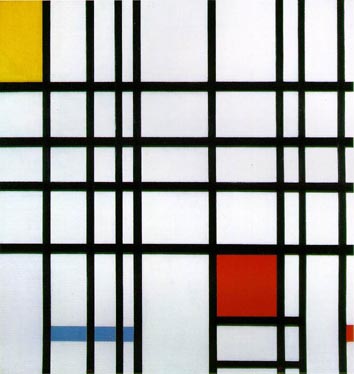<PHOTO 52>
When we look up some examples of two-dimensional design in Japanese architecture,
we would notice that many of them are asymmetrical design.Even though perfect
symmetric aesthetic was searched after in the Occident, in Japan, asymmetry style has
been used a lot from a long time ago.
<Photos Garden in West + Japan>
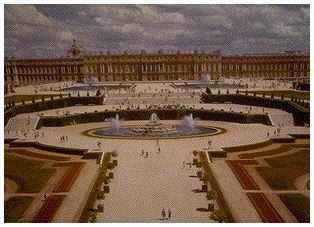
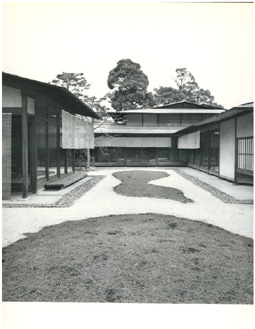
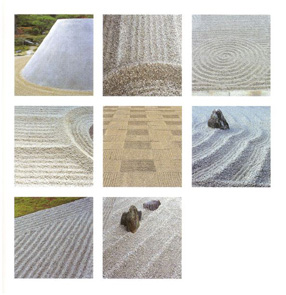
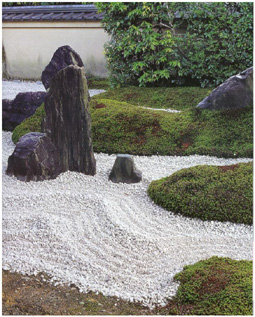
In the formal garden which is representative of the Western gardens the vital
importance is placed on
geometric and symmetrical arrangement and distribution of things. But Japanese
typical garden is
asymmetrical, its pond irregular in shape and the streams were natural. <PHOTO 53.54.55>And stone
objects of Europe show the art of manfs work. They are all carved of stones
with the surface cut and
finished in the western garden. But Rocks in Japanese garden are entirely
different. According to the
Japanese concept, the beauty of rock consists of its natural texture, or complexion.
It is the simple
complexion of the natural rock, rather than its rarity, that the Japanese
people appreciated. When these
rocks are used in the garden and covered with moss, it is then that they are
considered to be at their best.
<PHOTO 57>
And thinking about floor, Tatami mats are generally laid asymmetrically. 3-mat,
4.5-mat, 6-mat, 8-mat are
arranged like this (Tatami-mat drawings) to avoid the intersection of four lines. These (bad ex. ) are
regarded as unlucky arrangement which are associated
with death and funerals.
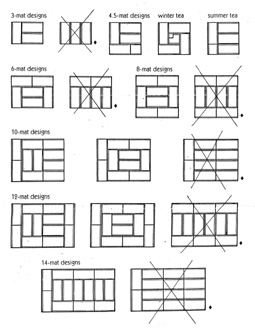
<PHOTO 57-1.57-2.57-3>
In case of the Tokonoma, though there are some variations, basically
it is asymmetric. (photo Tokonoma)
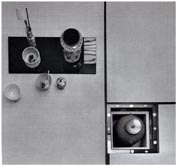
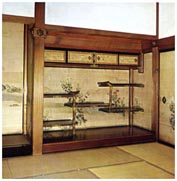
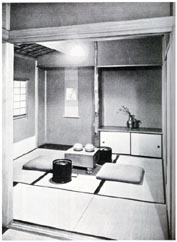
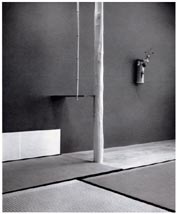
And on calligraphy, we express beauty by upset the balance. It is contrastive to alphabet which looks
more like a sign. Japanese letters are very visual.
(photo SHO-DO)




<PHOTO 58-5>
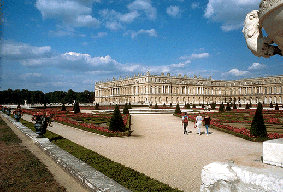
There one of another reasons of development of the symmetrical design in western. European structures
consist mainly of stones or bricks construction. On that account, the walls are structural members and in
large scale buildings it is most reasonable from the dynamics standpoint to distribute walls of the same
shapes to the right and left in order to support the building solidly.
But the asymmetrical design which appeared so strange and odd to the eye of western before 20th century
has now become a new sensation and highly admired as modern art form. This is the result of a birth of
consciousness regarding beautiful things. This rebirth was called "modern art" and was started in the 20th
century as a revolt against the historic art forms which had been held up through the 19th century.
In traditional Japanese architecture we had had already a complete collection of examples, such as the simple
and clear composition of lines and colors which Piet Mondrian had sought after.
(Photo of Mondrian) <PHOTO 59>
